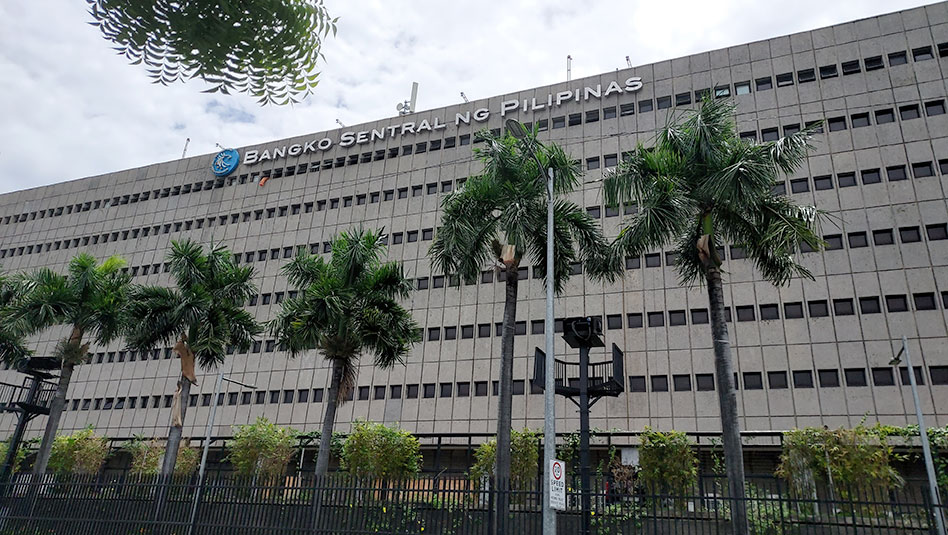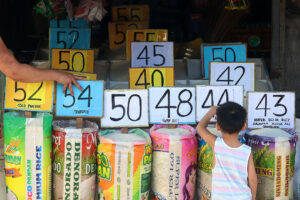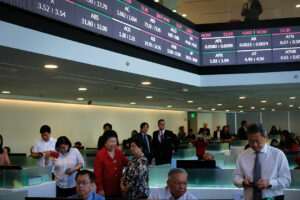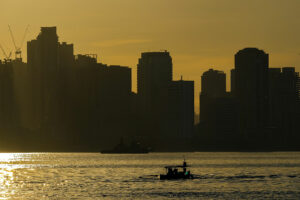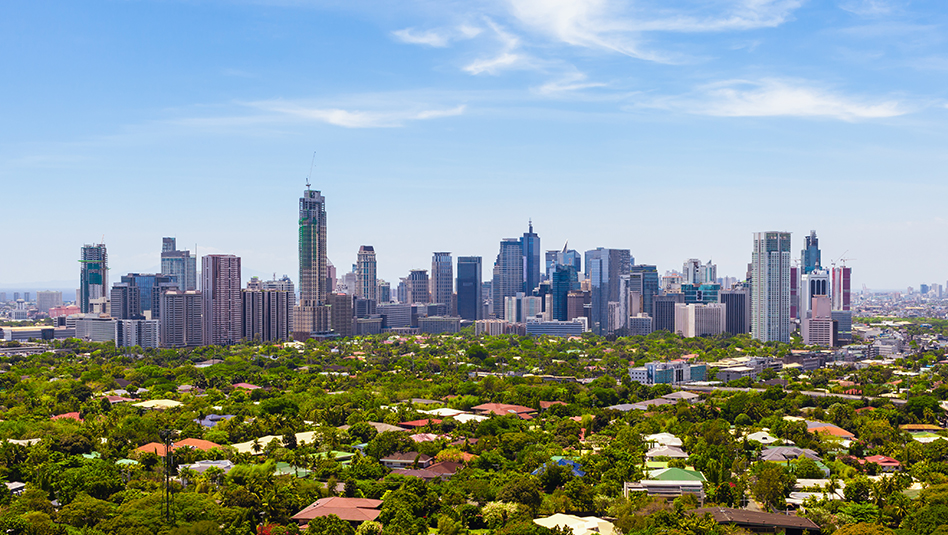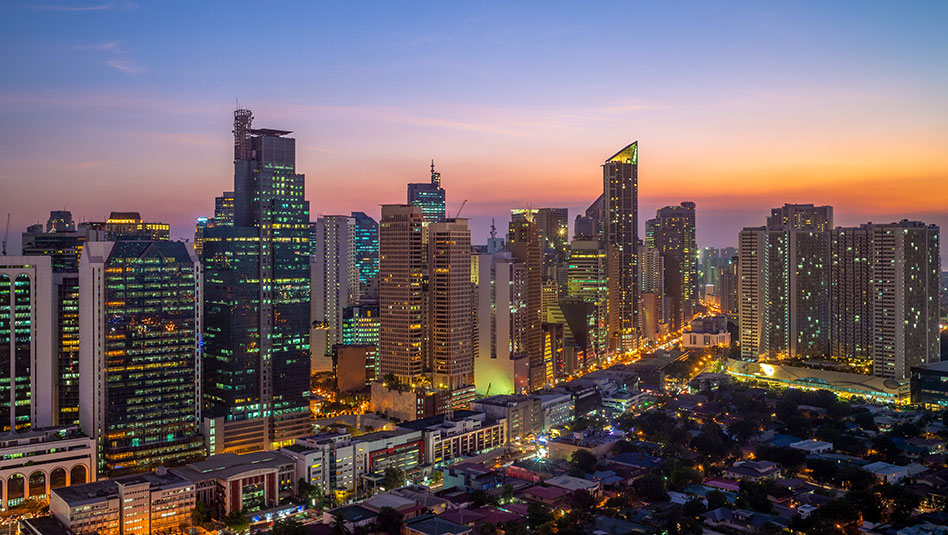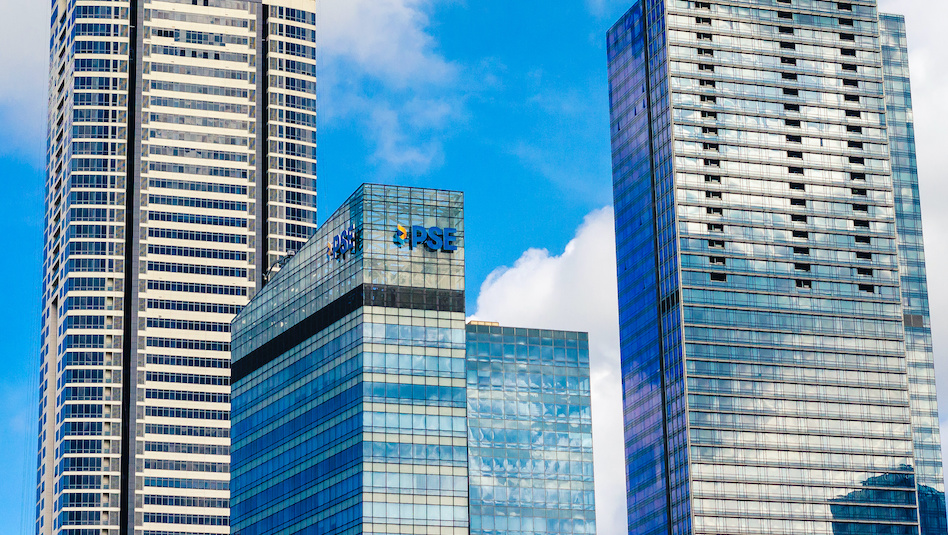The national government’s (NG) budget deficit ballooned in March as revenues slipped and state spending jumped ahead of the election ban, the Bureau of the Treasury (BTr) said.
Data from the BTr showed the fiscal gap widened by 91.78% to PHP 375.7 billion in March from PHP 195.9 billion in the same month a year ago.
Government spending surged by 35.37% to PHP 655 billion in March from PHP 483.8 billion a year prior.
 Primary spending — which refers to total expenditures minus interest payments — soared by 37.29% to PHP 566.9 billion from PHP 412.9 billion.
Primary spending — which refers to total expenditures minus interest payments — soared by 37.29% to PHP 566.9 billion from PHP 412.9 billion.
Interest payments jumped by 24.21% to PHP 88.1 billion from PHP 70.9 billion in the previous year.
In March, revenue collection fell by 3.01% year on year to PHP 279.3 billion, as nontax revenues plunged by 69.36% to PHP 19.6 billion.
Broken down, income from the BTr slumped by 83.32% to PHP 8.7 billion while revenues from other offices declined by 26.9% to PHP 10.9 billion.
Tax revenues, on the other hand, rose by 15.97% to PHP 259.6 billion in March from PHP 223.9 billion a year ago.
Bureau of Internal Revenue (BIR) collections jumped by 20.86% to PHP 175.7 billion, while Bureau of Customs’ (BoC) revenues went up by 7.3% to PHP 80.4 billion.
“The sharp widening of the budget deficit in March and the first quarter was driven primarily by stronger government spending, particularly on infrastructure and social programs, alongside a moderation in revenue growth,” John Paolo R. Rivera, a senior research fellow at the Philippine Institute for Development Studies, said.
“Disbursements likely ramped up ahead of the election-related spending ban, while revenues, although growing, may have faced headwinds from slower-than-expected collections in certain tax components,” he added.
The 45-day election ban on the release of public funds for public works projects began on March 28. This is done to prevent incumbent officials from using these funds during the election period for their advantage.
First quarter
The budget deficit in the January-March period widened to PHP 478.8 billion, higher by 75.62% from the PHP 272.6-billion gap in the same period in 2024.
However, the Treasury said this was still in line with its PHP 1.5-trillion full-year deficit program.
Expenditures jumped by 22.43% to PHP 1.477 trillion as of end-March from PHP 1.21 trillion in the same period a year ago.
The Treasury said government spending in the first quarter already accounted for 23.89% of the PHP 6.2-trillion full-year disbursement program.
Primary spending increased by 21.96% to PHP 1.24 trillion and interest payments jumped by 24.88% to PHP 241 billion.
“The strong spending performance can be attributed to the higher disbursements recorded in the Department of Public Works and Highways (DPWH) for its road infrastructure program and regular operating requirements, and in the Department of Social Welfare and Development (DSWD) for its various protective services programs.”
It also cited National Tax Allotment (NTA) transfer shares, annual block grant to the Bangsamoro Autonomous Region and releases for the local government support fund.
“Likewise, the transfer of P32.8 billion (inclusive of accrued interest) to the Coconut Farmers and Industry Trust Fund in accordance with the mandated schedule of capitalization contributed to the larger spending outturn,” the BTr said.
Meanwhile, state revenues increased by 6.9% to PHP 998.2 billion in the first quarter from PHP 933.7 billion a year earlier. This year, the government is projecting to collect PHP 4.64 trillion in revenues.
Tax revenues rose by 13.55% to PHP 931.5 billion from PHP 820.4 billion last year.
The BTr said that its overall collections remain on track due to a “strong” performance from the BIR and Customs.
“The revenue agencies’ sustained growth for the third consecutive month was driven by their ongoing revenue enhancement measures, particularly the intensified campaign against the use of fake receipts, intensified crackdown on illicit trade, digitalization, and improvements in tax payment facilitation, among other initiatives,” it said.
BIR revenues climbed by 16.67% to PHP 690.4 billion, due to “higher collections from personal income tax (PIT), corporate income tax (CIT), percentage taxes, value-added tax (VAT), excise taxes, documentary stamp tax, and percentage taxes.”
Customs collections grew by 5.72% to PHP 231.4 billion driven by “higher VAT from non-oil imports and excise tax collections from oil and non-oil imports.”
On the other hand, nontax revenues slumped by 41.21% year on year to PHP 66.7 billion as of end-March.
BTr revenues plunged by 55.3% to PHP 32.3 billion while collections from other offices decreased by 16.5% to PHP 34.3 billion.
“Largely due to timing as 18 government-owned and -controlled corporations (GOCCs) remitted PHP 28.23 billion in early first-quarter dividends back in 2024 compared with only three GOCCs with PHP 0.027 billion early dividends for the current year,” the BTr said.
“Nevertheless, nontax revenues are expected to improve in the succeeding months, with dividends from the GOCCs set to be remitted to the National Treasury starting May 2025.”
The BTr said that the NG is still on track to keeping to its deficit targets for the year.
“With dividend remittances and other nontax receipts expected to materialize in the succeeding quarters, and as expenditures continue to track the full-year program in a more balanced manner, the 2025 fiscal deficit is projected to remain within the P1.5-trillion target.”
Under the latest Development Budget Coordination Committee (DBCC) figures, the NG capped its deficit ceiling at 5.3% of gross domestic product (GDP) this year.
Mr. Rivera said the NG’s budget gap reflects the need for “balancing fiscal support for development priorities with disciplined revenue mobilization to avoid long-term fiscal strain.”
Rizal Commercial Banking Corp. Chief Economist Michael L. Ricafort said the wider fiscal deficit could also increase the need for additional borrowings to support cash flow.
“Faster growth in government expenditures also reflected increased debt servicing amid the dramatic increase in debt incurred since the COVID-19 (coronavirus disease 2019) pandemic started nearly five years ago,” he said.
On the other hand, Mr. Ricafort said the budget balance could revert to a surplus in April amid the seasonal increase in tax collections as the BIR deadline for filing was on April 15.
Mr. Ricafort said there may be a need for more fiscal reform measures to “reduce government expenses such as rightsizing of the government and tax reform to further increase collections to narrow the budget deficit and curb additional need for borrowings.”
“Additional tax revenue collections based on existing tax laws or through new tax reform measures and even higher tax rates would be needed, especially if inflation becomes more benign and better controlled since higher taxes could add to inflationary pressures,” he added.
The Finance department has said it has no plans to introduce new tax measures anytime soon, instead focusing on improving tax administration and efficiency. – Luisa Maria Jacinta C. Jocson, Senior Reporter







 DOWNLOAD
DOWNLOAD

